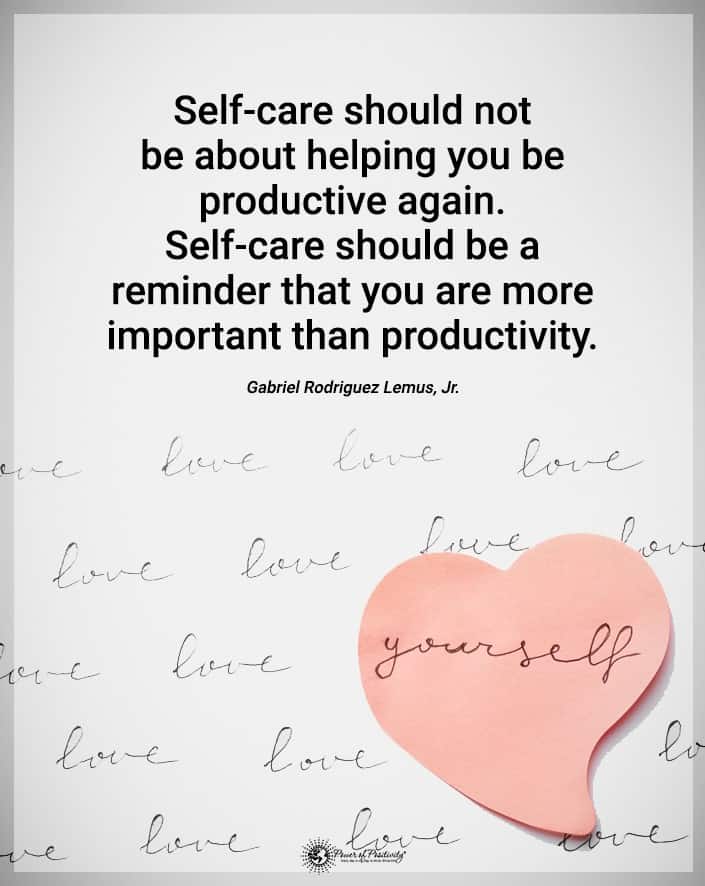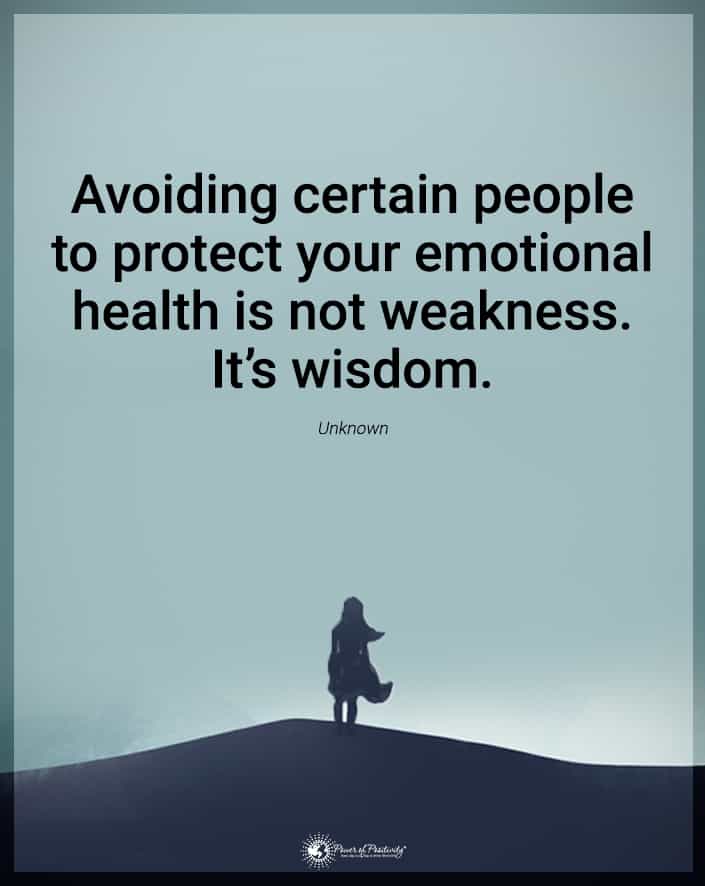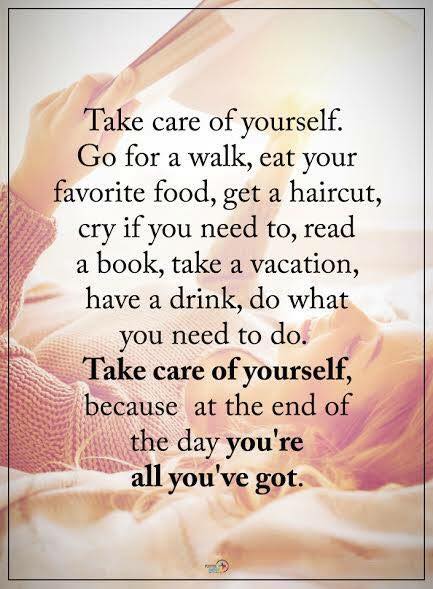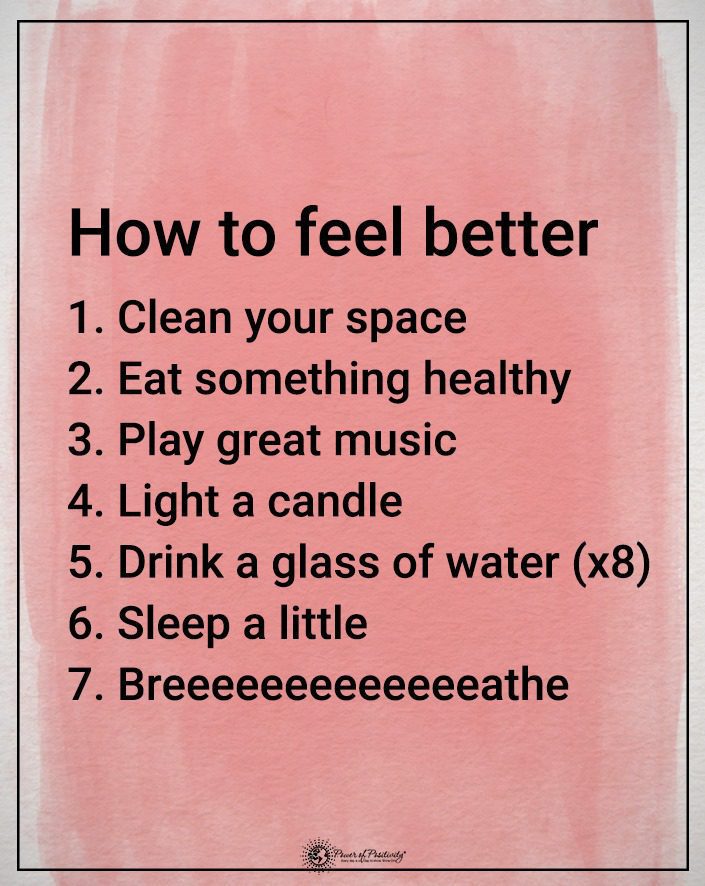Many of us hear that potassium is essential in one way or another. What many of us do not know is precisely why. We may be aware that a banana has high potassium, but what about other foods? Do we know the functions of this nutrient?
Potassium is a macromineral, the most critical type of mineral. Also within this class are calcium, chloride, phosphorous, magnesium, sodium, and sulfur. It is also an electrolyte – a mineral that carries an electric charge. This helps to explain why the mineral is vital to neural capabilities partially.
In terms of function, potassium is essential to nerve and muscle networks, such as allowing each to communicate. Potassium is also necessary for transporting nutrients into cell bodies and eliminating waste products from cells.
Potassium deficiency is precisely that: minimal to low levels of potassium. We will cover eight of the most prominent signs of a deficiency.
We’ll also list some terrific sources of this vital nutrient to get us (potassium neglecters) back on the right nutritional track.
Here are eight signs of potassium deficiency:
1. Abdominal cramping or bloating
The digestive tract is lined with smooth muscles tissue and controlled by the autonomic (involuntary) nervous system. As mentioned, potassium is an electrolyte that helps stimulate functions of the neural network – including digestion. When potassium is lacking, the intestines do not function normally, which compromises healthy digestion.
2. Constipation
Since we’re on the topic of digestion, it may be best to get this one out of the way. As some of you have undoubtedly guessed, yes, abnormal potassium levels can cause constipation. It’s also worth mentioning that too much potassium can cause the same effects.
3. Brain fog
Low potassium levels can also interfere with regular electrical activity in the brain. It may lead to brain fog – overall feelings of confusion, sluggishness in thinking, and inability to concentrate. Getting enough potassium is essential to brain function, especially for individuals with demanding occupations or when in school.
4. Fatigue
This is perhaps the most common symptom of potassium deficiency: feelings of fatigue and exhaustion. Potassium is involved in the functionality of every cell in the body. Every. Single. One. Potassium is an essential part of a well-balanced diet and a critical component of energy production. Of course, not consuming enough of something that produces energy can result in less energy.
5. Feelings of thirst or frequent passing of urine
Feeling thirsty or frequent passing of urine can occur when the blood’s potassium levels are too low. This is particularly true when the body’s sodium levels are also depleted. When this happens, the kidneys’ ability to retain water is suppressed, which needs to be released in urine. The body loses its ability to regulate water balance, creating frequent or extreme thirst feelings.
6. Heart Palpitations
Potassium is essential for the proper regulation of blood pressure. Blood pressure directly affects our heart rate, which means that adequate potassium levels are vital to our heart rate. As such, low levels can potentially result in irregular heartbeat and even heart palpitations.
7. Skin Problems
Dealing with a chronic potassium deficiency can manifest into skin problems, including acne and dry skin. As potassium is involved in the healthy functioning of every cell in the body, it is probable that this nutrient also serves some capacity in keeping our skin healthy.
8. Ringing or vibrating in ears
Since potassium has such an effect on blood pressure and heart rate, inadequate potassium levels can indirectly result in ringing or vibrating of the ears. These are often secondary symptoms of irregular heartbeat or heart palpitations. Therefore, maintaining healthy levels of potassium consumption can indeed assist with two problems related to potassium deficiency.
Now that we have a list of potential symptoms, here are some great sources of potassium. Nearly every case of potassium deficiency is diet-related; in other words, extraneous factors (e.g., genetics or environment) have minimal effect.
8 Foods that Boost Your Potassium Levels
Most of the time, potassium deficiency occurs due to dietary habits such as consuming too much salt, which causes electrolyte imbalances. Luckily, there are plenty of healthy, plant-based foods you can incorporate into your diet to boost potassium.
According to the FDA, the Daily Value (DV) for potassium is 4,700mg for healthy adults. You can easily reach the recommended potassium intake by consuming the foods below.
1. Various Types of Potatoes
Potatoes aren’t just delicious. They also have potent antioxidants and essential nutrients. Plus, you can use them in various dishes such as stews, casseroles, and soups. If you want to reverse a potassium deficiency, sweet potatoes, in particular, should be a staple in your diet.
A 1-cup (328-gram) serving of mashed sweet potato contains 16% of your recommended daily intake. If you choose to eat whole sweet potatoes, a medium one boasts 541mg of potassium while a large one contains a whopping 900mg. Sweet potatoes are also rich in Vitamin A, an essential nutrient that promotes cell growth, immune function, and vision health.
Some people in the health community frown upon regular potatoes, but they have essential nutrients. One medium boiled potato contains around 12% DV.
In addition, all varieties of potatoes have complex carbs, protein, and fiber along with minimal fat. There’s a reason why cultures worldwide have centered their diets around potatoes, as they’re a nutrient powerhouse.
2. Yams
These starchy tubers originated in Asia, Western Africa, and the Caribbean. They’re very similar to sweet potatoes in appearance, but they aren’t nearly as sweet. They also have white, yellow, purple, or pink flesh compared with sweet potatoes’ orange interior.
Yams are rich in potassium, with one cup (136 grams) having 19% of the DV.
3. Bananas
When most people think of curing a potassium deficiency, bananas immediately come to mind. While other foods have higher potassium levels, bananas still boast around 9% of the DV or 422mg for an average-sized fruit. Besides this mineral, they have important vitamins such as B6 and C and various phytonutrients and antioxidants.
4. Dried Fruit
If you have a potassium deficiency, dried fruit makes a delicious, healthy way to boost your intake. Since they’re shelf-stable, they won’t get moldy like fresh produce, so that you can enjoy them for quite some time.
Just 1/2 cup of dried apricots provides 16% of your daily allotment of potassium, and a whole cup boasts over 1,500 mg! They also have other essential nutrients like magnesium, phosphorus, and calcium and make a great addition to trail mixes.
If you’re not a fan of apricots, you could also try prunes, raisins, dried plums, peaches, or figs.
5. Tomato Products
Tomato products such as juices, sauces, and pastes can help reverse a potassium deficiency. You can also eat tomatoes raw, but processed products contain higher potassium levels. In fact, just three tablespoons of tomato paste pack over 10% of your DV, or around 486mg.
You can get even more potassium from sun-dried tomatoes, which have over 1,800mg in just one cup! They’re also filled with protein, fiber, and vitamins and can boost immunity. In addition, tomatoes contain antioxidants such as lycopene that can lower inflammation, insulin resistance, and cancer risk.
6. Seafood
Not everyone enjoys clams, but if you do, they can provide around 534mg of potassium in a 100-gram serving. Clams also have around 78% of the DV for selenium and generous amounts of iron and B12.
In addition, they’re high in protein and omega-3 fatty acids, which can lower inflammation and reduce the risk of various diseases.
Other types of seafood, such as lean and fatty fish, can increase your potassium intake. For example, half a fillet of cooked cod contains 12% of the recommended intake, and a whole fillet (150 grams) of haddock provides 11% of the DV.
Furthermore, half a fillet of cooked salmon offers a staggering 21% of the DV, and the same serving of tuna serves up 17% of the DV.
7. Beans and Legumes
Most lentils and beans have tons of potassium, fiber, and other vital nutrients. For example, just 1 cup (179 grams) of white beans offers twice the amount of potassium as a banana, providing around 21% of the DV. The same serving of black beans boasts 17% of the DV. Kidney beans have over 600mg of potassium in one cup, making them a great choice.
Lentils also offer a hefty dose of potassium, containing about 15% of the DV for one cup. Other legumes such as chickpeas, soybeans, and peanuts provide 10%, 19%, and 23% for the same serving. In addition, all of these foods provide an excellent source of protein for vegans and vegetarians.
8. Leafy Greens
Leafy greens provide a lot of potassium and other essential minerals to keep the body and mind functioning properly. For instance, a cup of cooked spinach contains over 800 mg, while the same serving of Swiss chard provides a whopping 1,000 mg of potassium, about 20% of your DV.
Plus, both of these green vegetables contain Vitamin A and K and magnesium, folate, and fiber. Since they’re low in calories, you can enjoy them without worrying about overeating.
Final Thoughts on Identifying a Potassium Deficiency
Sadly, a growing number of people worldwide suffer from a lack of this vital nutrient due to eating more processed foods. Plant foods such as greens, potatoes, and lentils have high potassium, but they take time to cook.
Since many people are pressed for time, they opt for fast food or other unhealthy options. However, getting back to the basics and eating from nature can restore our health and relationship with food.
If you have a potassium deficiency, you may notice abdominal pain, constipation, bloating, and brain fog. If you’re curious, you can ask your doctor for a blood test to check your nutrient levels.













